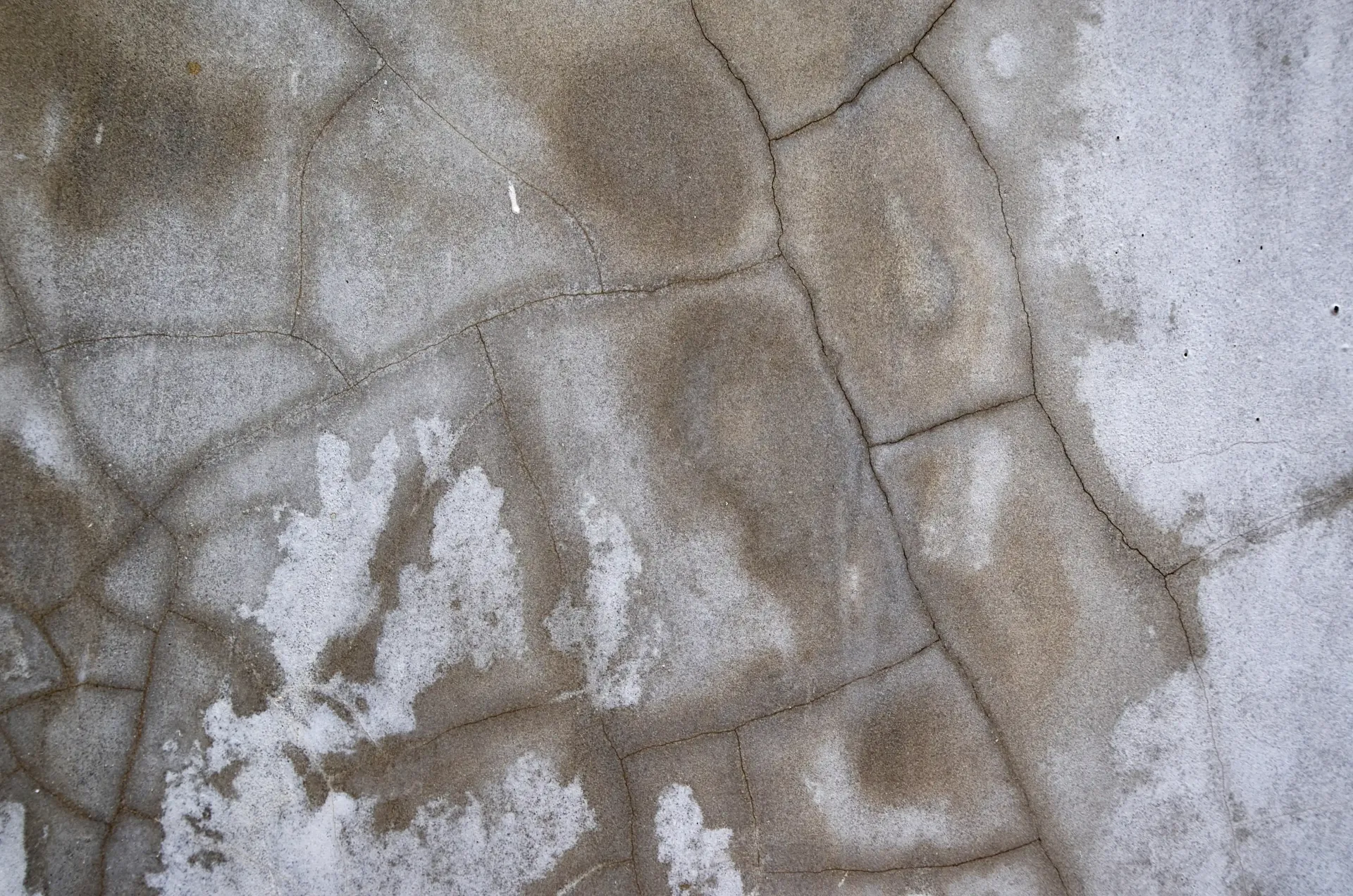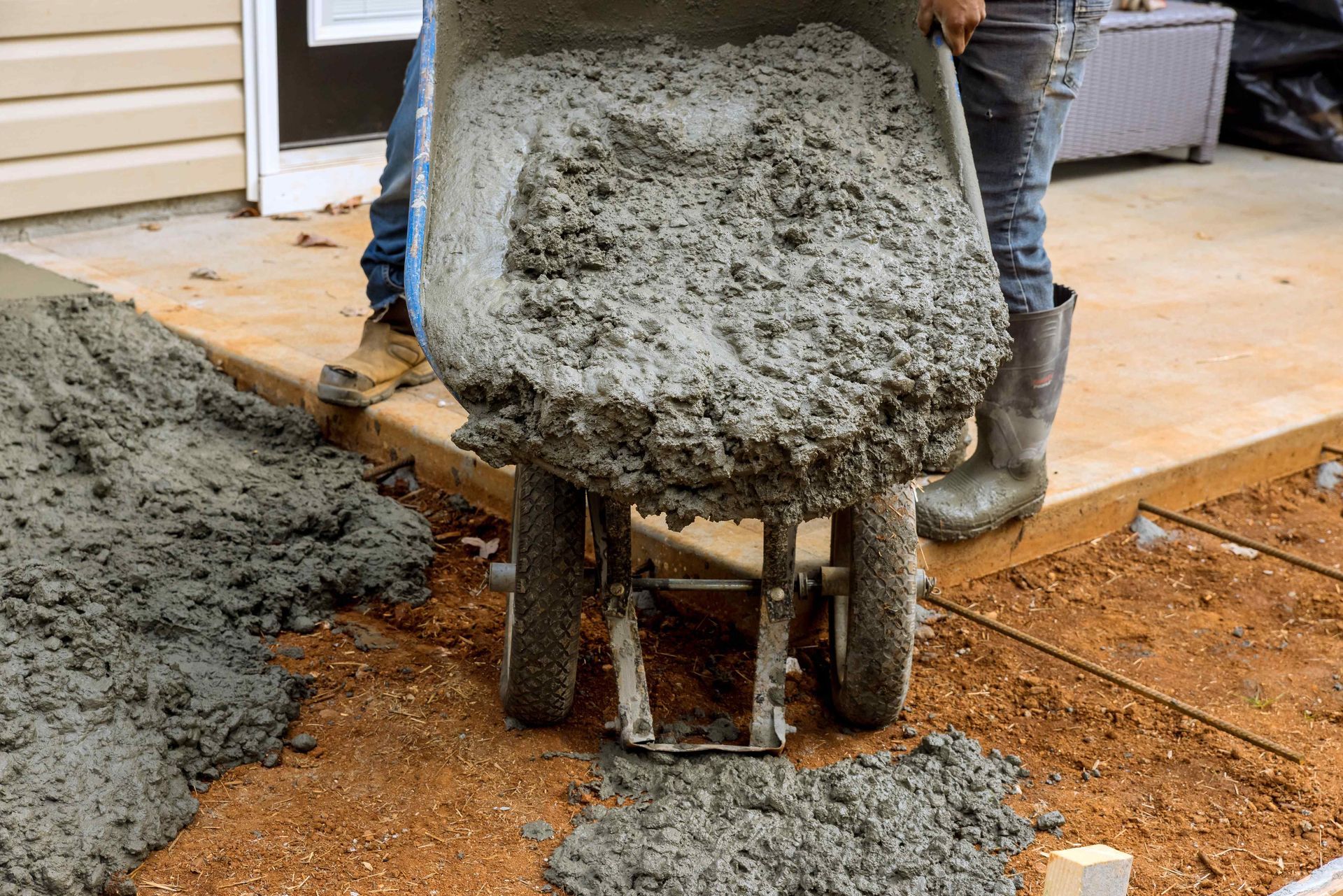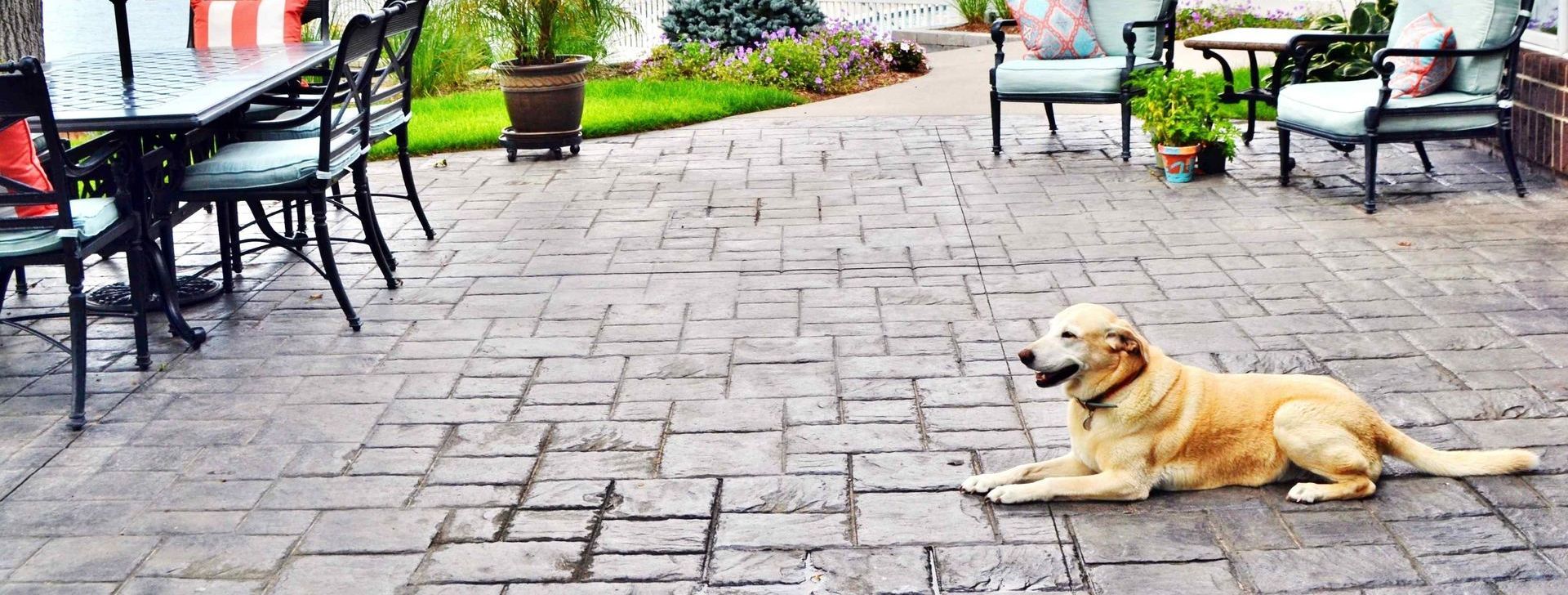A Step-by-Step Guide to Sealing Concrete for Protection Against Damage and Stains
Protect your concrete from damage as well as wear and tear by sealing your concrete.
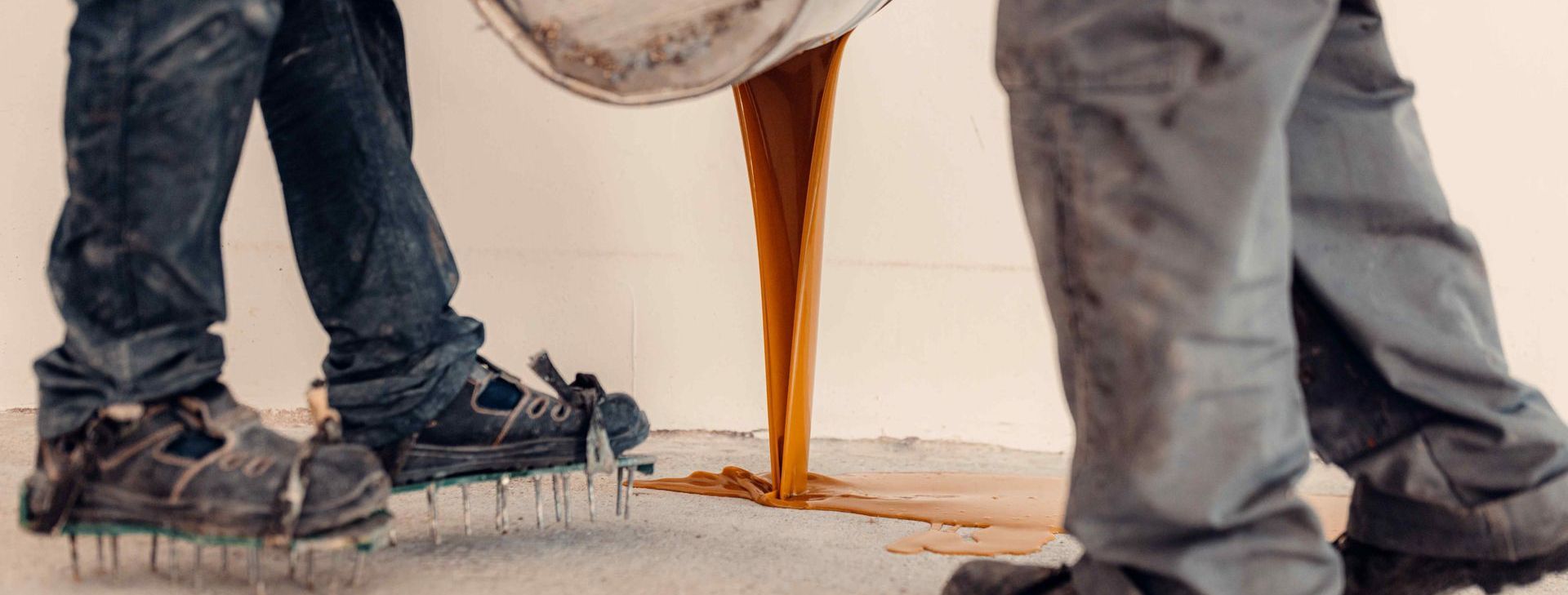
Introduction
Concrete is a durable and versatile material. It is often used in driveways, patios, sidewalks, and other outdoor surfaces. But, without proper protection, concrete can be damaged by the elements. It can also receive stains from spills and contaminants. One of the most effective ways to protect your concrete surfaces is by sealing them. In this blog post, we'll discuss the importance of sealing concrete and provide a step-by-step guide on how to do it.
Why Seal Concrete?
Sealing concrete offers several benefits, including:
- Protection Against Moisture: Sealing creates a barrier. This barrier prevents water and moisture from penetrating the concrete. The protection helps to prevent cracking, spalling, and freeze-thaw damage. Protection is especially important in areas like Abilene, Texas.
- Stain Resistance: Sealed concrete is more resistant to stains from oil, grease, food spills, and other substances. This makes cleaning and maintenance easier. It also helps to preserve the appearance of your concrete surfaces.
- Enhanced Durability: Sealing strengthens the surface of the concrete. The concrete is more resistant to wear and abrasion from foot traffic. It can also withstand vehicles and other sources of wear and tear.
- UV Protection: Some sealers contain UV inhibitors that help to protect the concrete from sunlight. Fading and discoloration can result from sunlight.
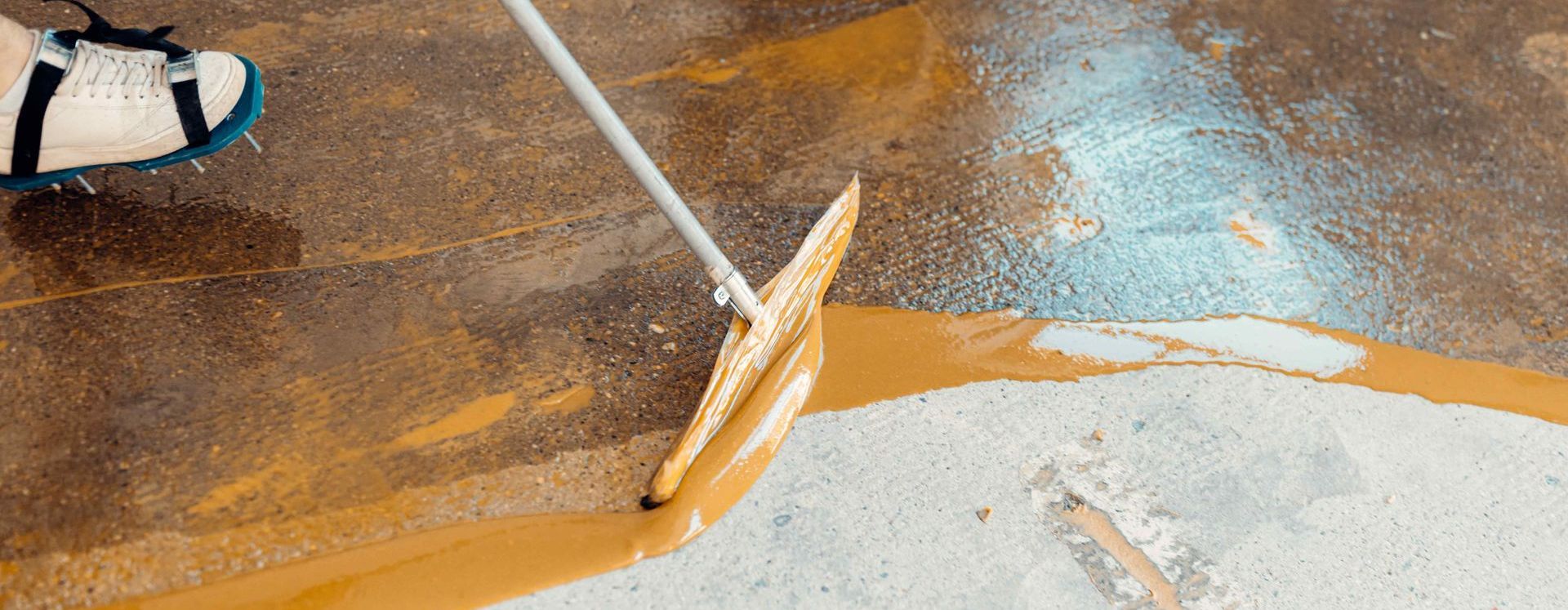
Step-by-Step Guide to Sealing Concrete:
- Prepare the Surface: Start by cleaning the concrete surface to remove dirt, debris, oil stains, and other contaminants. Use a pressure washer or scrub brush and a mild detergent to clean the surface. Allow the concrete to dry completely before proceeding.
- Repair Any Damage: Inspect the concrete for any cracks, chips, or other damage. Repair any defects using a suitable concrete repair product. Allow the concrete to cure according to the manufacturer's instructions.
- Choose the Right Sealer: Select a high-quality concrete sealer that is suitable for your situation. There are two main types of sealers. Penetrating sealers penetrate the pores of the concrete. Film-forming sealers create a protective film on the surface. Consider the following factors. The porosity of the concrete, desired finish, and environmental conditions when choosing a sealer.
- Apply the Sealer: Follow the manufacturer's instructions for mixing and applying the sealer. Use a brush, roller, or sprayer to apply an even coat of sealer to the surface of the concrete. Work in small sections and avoid overlapping or puddling the sealer.
- Allow Drying and Curing: Allow the sealer to dry and cure completely before allowing foot traffic or vehicles on the surface. This takes 24 to 48 hours, depending on the type of sealer and environmental conditions.
- Apply Extra Coats (Optional): You may choose to apply more coats of sealer. This will depend on the porosity of the concrete and the level of protection desired. Allow each coat to dry completely before applying the next one.
- Regular Maintenance: To maximize the lifespan and effectiveness of the sealer, perform regular maintenance. Clean the surface every couple of weeks. Reapply the sealer as needed. Oftentimes, this is every 1-3 years.
Conclusion
By following these steps and sealing your concrete surfaces, you can protect them against damage and stains. This will ensure their durability and aesthetic appeal for years to come. If you need help with sealing your concrete or have any questions, don't hesitate to contact Expert Concrete Abilene. We're here to help you with all your concrete needs in the Abilene, Texas area.
You might also like
